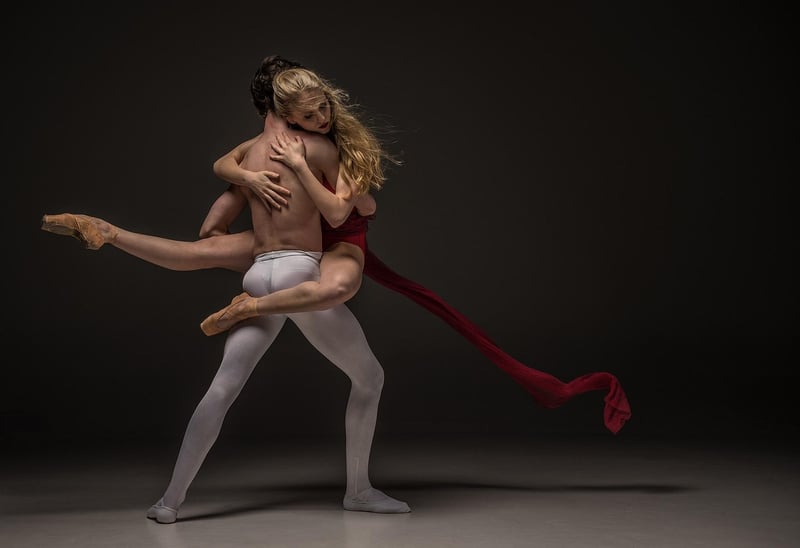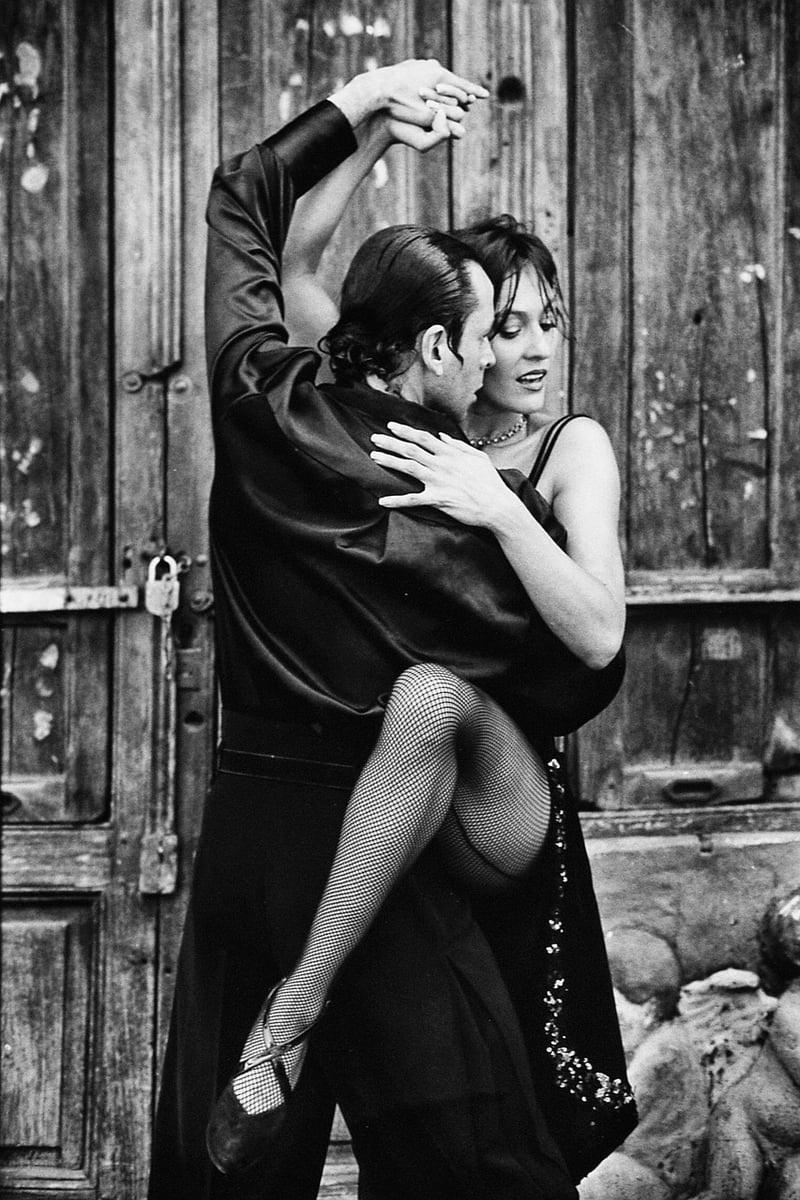Contemporary
Exploring Expressive Movement Forms in Contemporary Dance
Contemporary dance is a versatile and expressive art form that combines elements of various dance styles to create a unique and dynamic movement vocabulary. One of the key aspects that contribute to the richness of contemporary dance is the incorporation of expressive movement forms. These forms allow dancers to convey emotions, tell stories, and connect with audiences on a deeper level through their movements.
Types of Expressive Movement Forms
There are several expressive movement forms that are commonly used in contemporary dance. These include:
- Improvization: Improvization allows dancers to explore spontaneous movement, responding to music, emotions, or other stimuli in the moment.
- Gesture: Gestural movements involve the use of specific hand and body movements to convey emotions, ideas, or narratives.
- Floorwork: Floorwork focuses on movements performed on the floor, allowing dancers to explore different levels and dynamics.
- Contact Improvisation: Contact improvisation involves dancers making physical contact with one another to explore weight, balance, and momentum in their movements.
Exploring Emotions Through Movement
Expressive movement forms in contemporary dance provide dancers with a powerful tool to express a wide range of emotions. Through their movements, dancers can convey joy, sorrow, anger, love, and many other sentiments, creating a visceral and engaging experience for both performers and spectators.
By immersing themselves in the physicality of dance and embracing the nuances of expressive movement forms, dancers can communicate complex emotions and stories without the need for words. This non-verbal communication adds depth and richness to their performances, inviting audiences to interpret and connect with the dance on a personal level.
Image Gallery



These captivating images showcase the beauty and fluidity of expressive movement forms in contemporary dance.
Conclusion
Expressive movement forms play a crucial role in shaping the artistry and emotional depth of contemporary dance. By integrating improvisation, gesture, floorwork, and contact improvisation into their choreography, dancers can create compelling performances that resonate with audiences on a profound level. Through the language of movement, contemporary dancers continue to push boundaries, challenge conventions, and inspire viewers with their creativity and expressiveness.
Experience the power of expressive movement forms in contemporary dance and witness the beauty of emotions brought to life through the art of movement.
